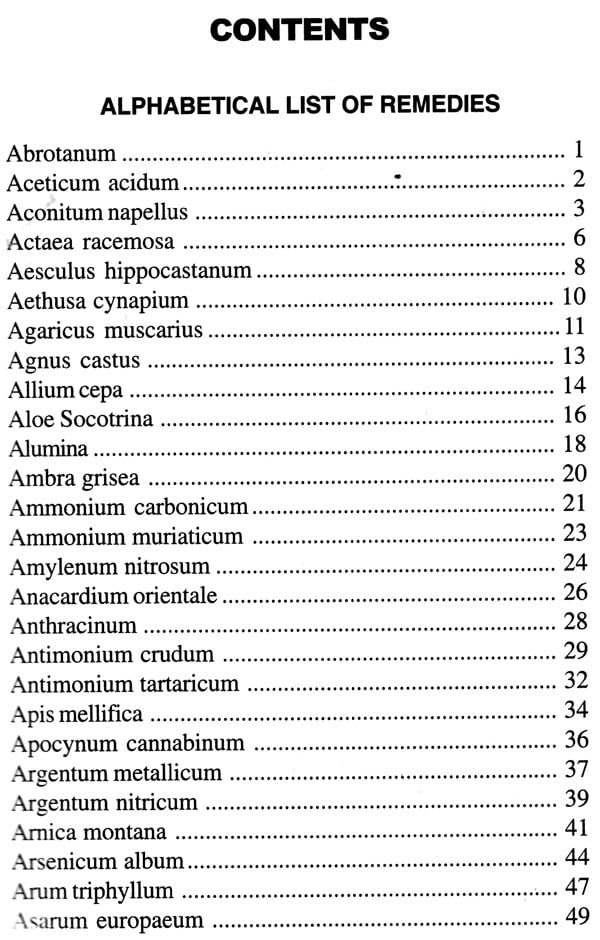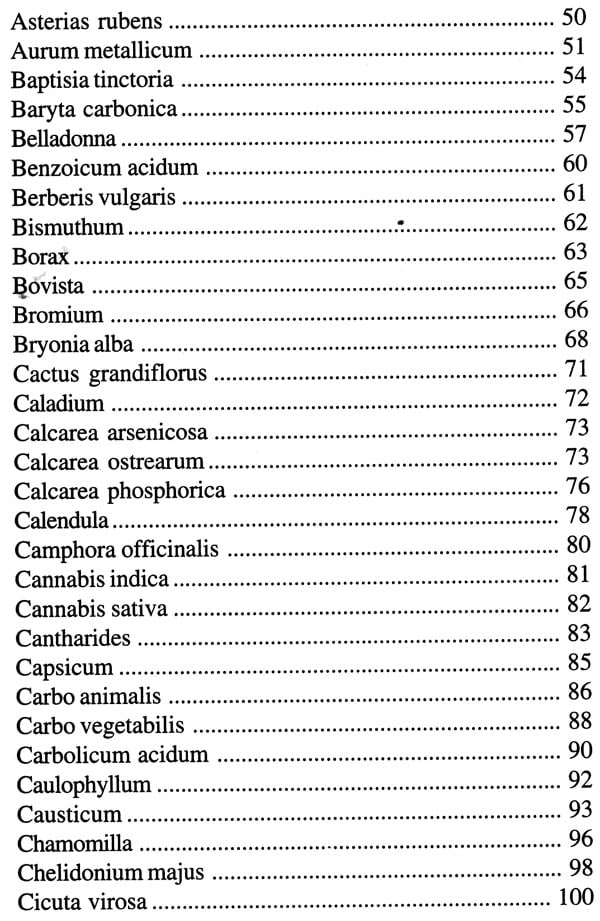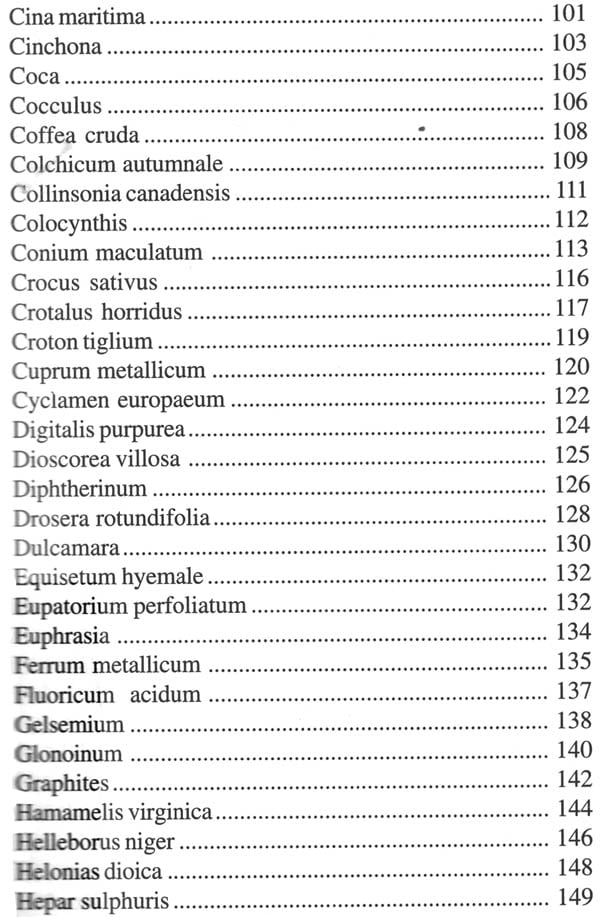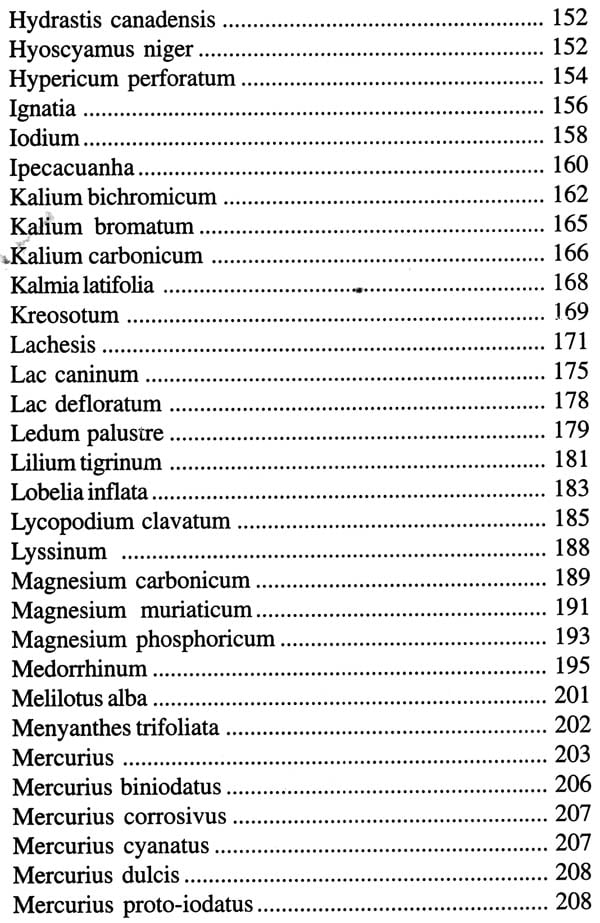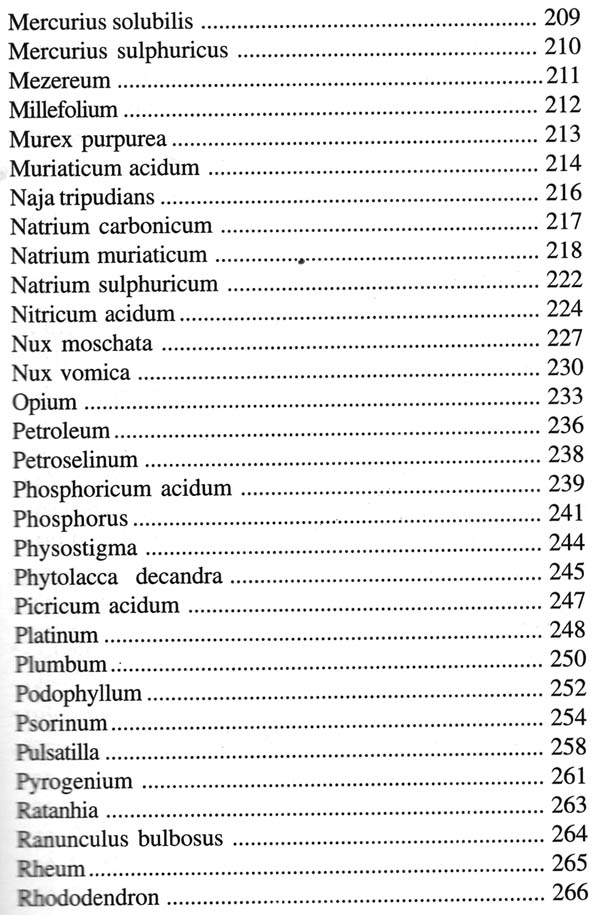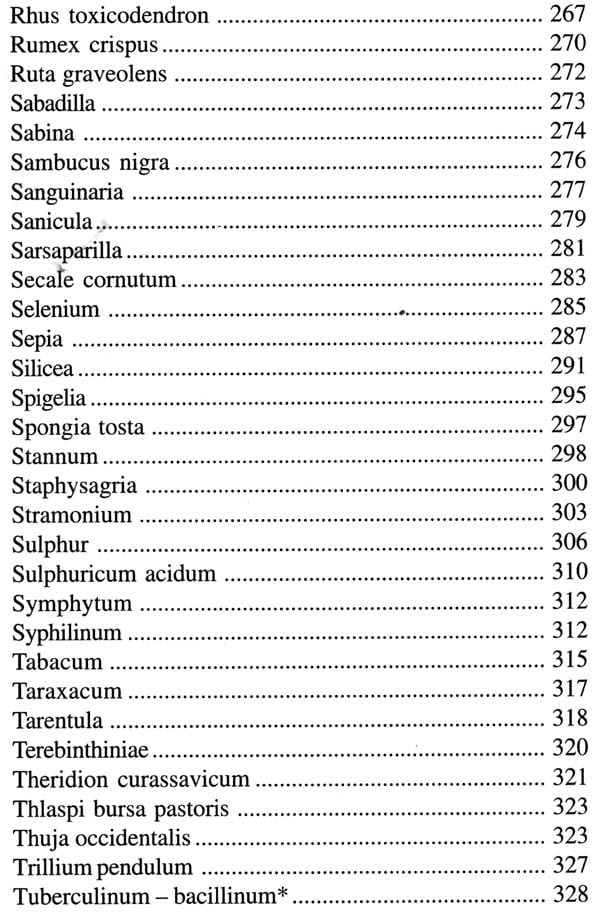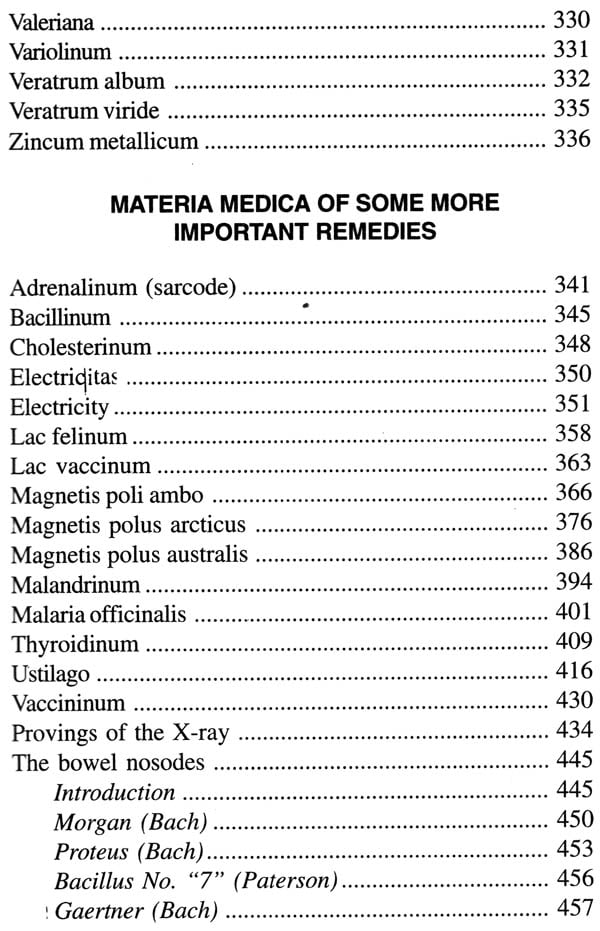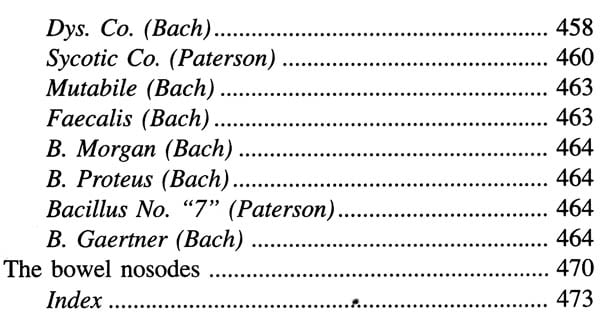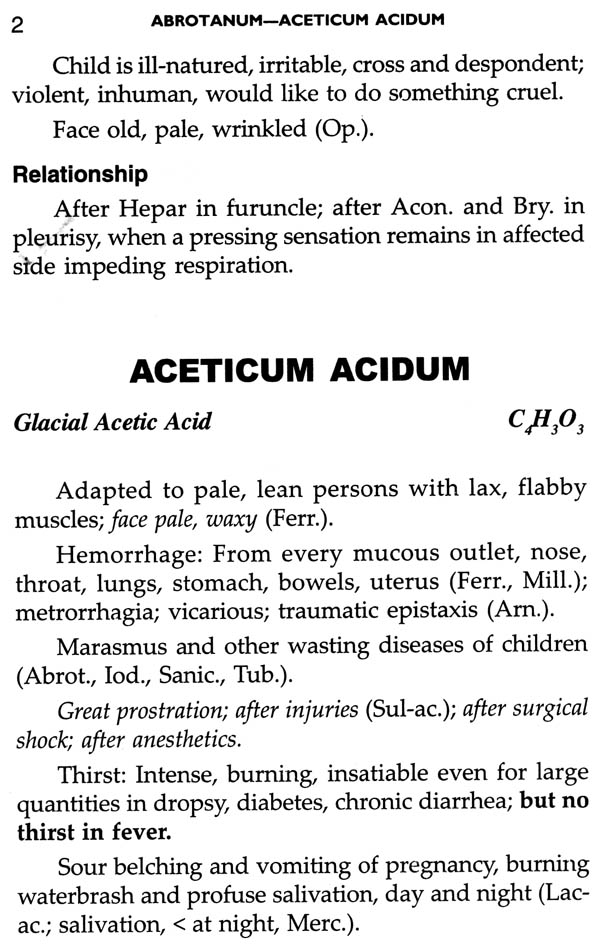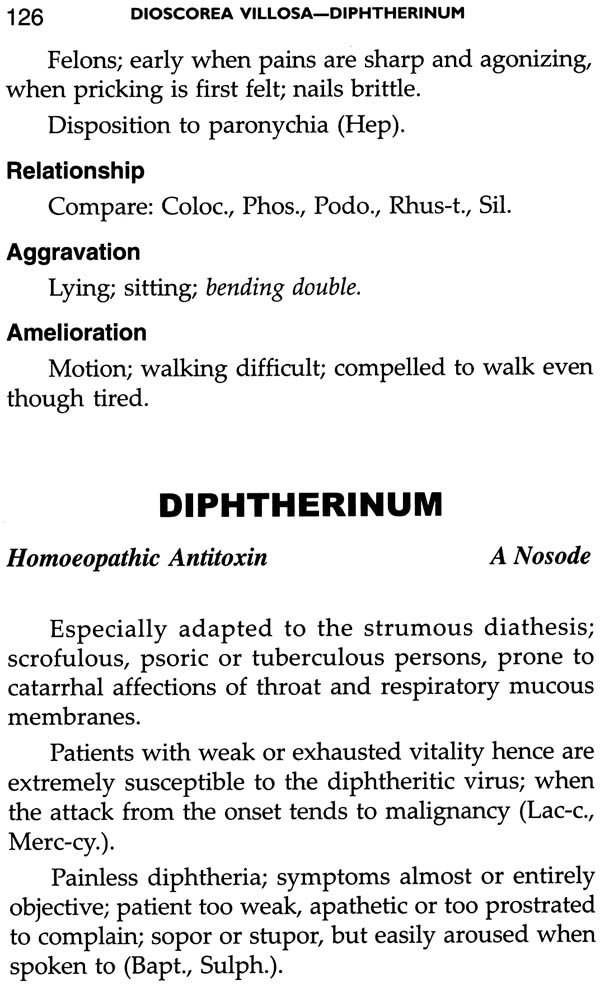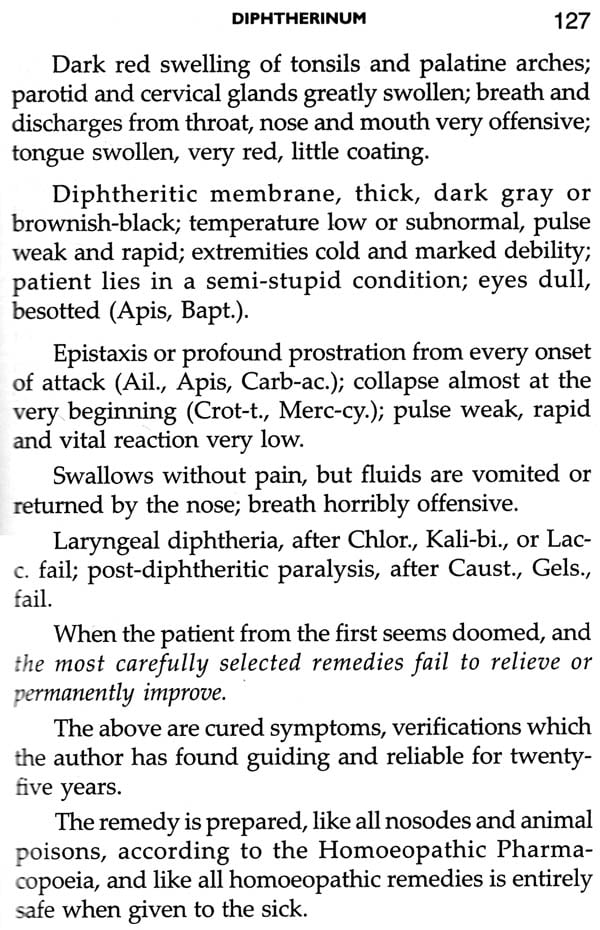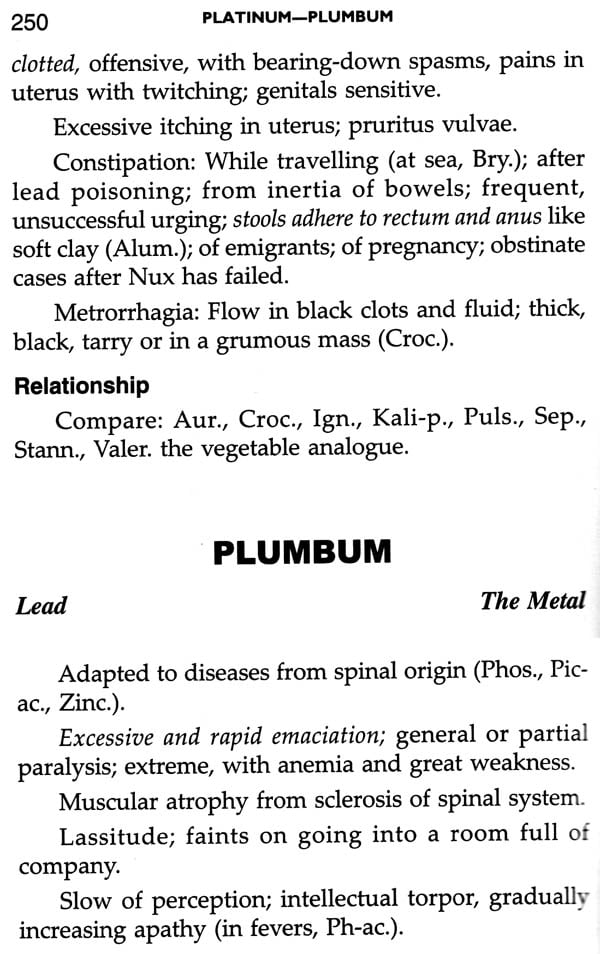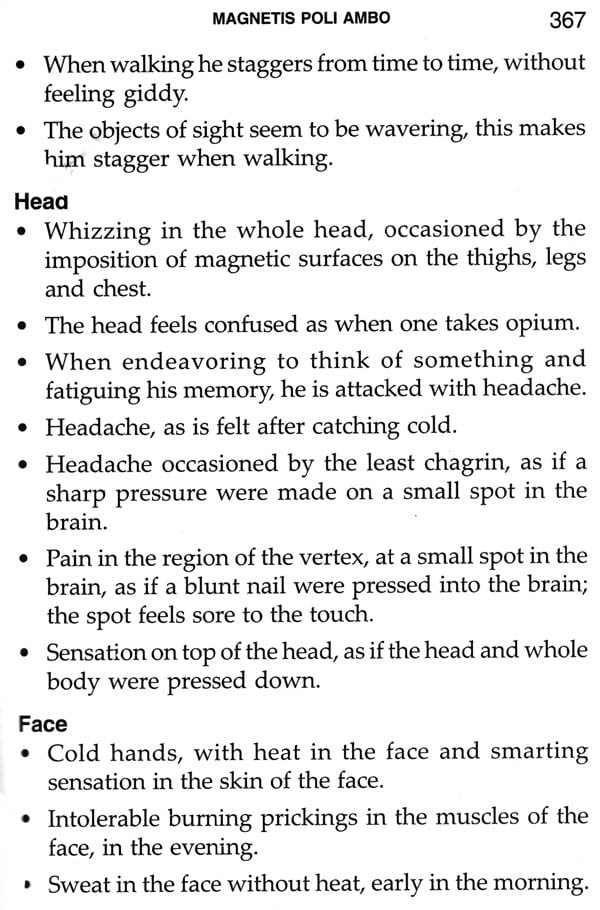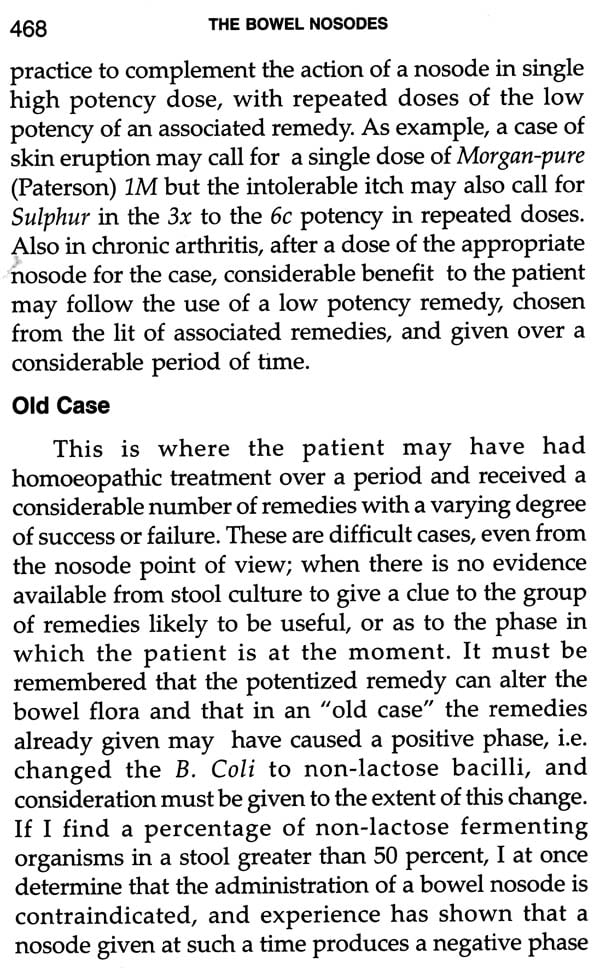
Keynotes and Characteristics with Comparison of Some of The Leading Remedies of the Materia Medica with Bowel Nosodes
Book Specification
| Item Code: | NAU218 |
| Author: | H.C. Allen |
| Publisher: | B. Jain Publishers (P) Ltd |
| Language: | English |
| Edition: | 2018 |
| ISBN: | 9788131903490 |
| Pages: | 490 |
| Cover: | PAPERBACK |
| Other Details | 7.00 X 5.00 inch |
| Weight | 360 gm |
Book Description
The work of a homeopathic student while studying and applying materia medica is one to constantly compare and differentiate. He must compare the pathogenesis of a remedy with the recorded anamnesis of the patient; he must differentiate the apparently similar symptoms of two or more, medicinal agents in order to select the simillimum. To enable the student or practitioner to do this correctly, the student must have knowledge of the individuality of the remedy; - something that is peculiar, uncommon, or sufficiently characteristic in the polychrest remedy that may be used as a pivotal point of comparison. This pivotal point may be a ‘keynote,’ a ‘characteristic’, or the ‘red strand of the rope’. This excellent work by Dr H.C. Allen helps the reader to grasp the PQRS symptoms in no time.
Dr Henry C. Allen, MD, was born October 2, 1836 in the village of Nilestown near London, Ontario. He studied medicine at the College of Physicians and Surgeons in Ontario, Canada and received his homoeopathic training at Western Homoeopathic College (AKA Cleveland Homoeopathic College) in Cleveland, Ohio where he graduated in 1861. In 1892, Allen helped found the Hering Medical College and was Dean and Professor of Materia Medica until his death. DrAllen passed away on January 22, 1909.
What applied to former editions applies to this. The fact that a sixth is demanded is convincing proof that Dr. Allen left an indestructible monument of homoeopathic materia medica, one that 1s true to homoeopathy and immensely helpful to every physician who consults it.
